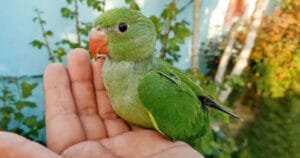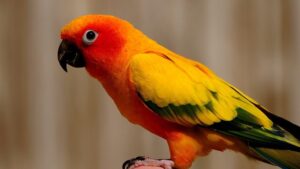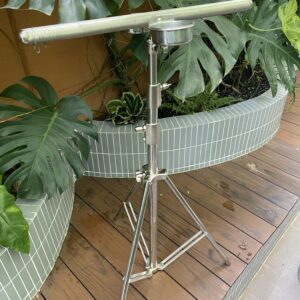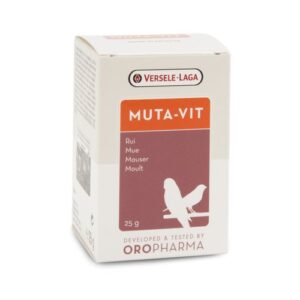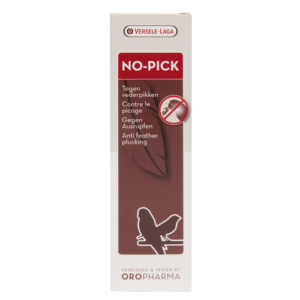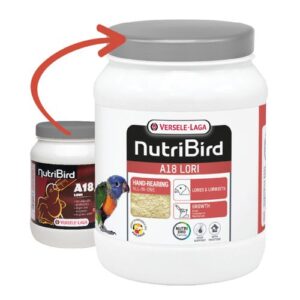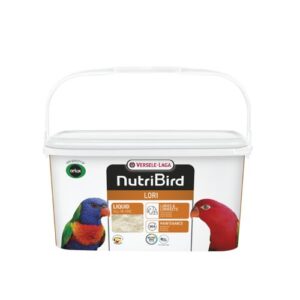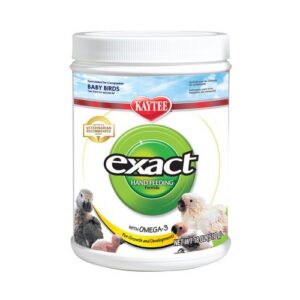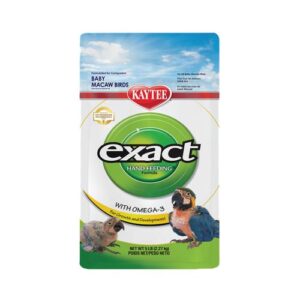Dogs are curious and naughty animals, so they are prone to accidents that cut, scratch or puncture their skin. Proper wound cleaning at home helps heal your dog’s wounds and gives you some time if you can’t get your dog to the vet right away. Proper wound cleaning can also help prevent infection and determine the severity of the wound.
Instructions on how to clean a dog’s wound
1. Stop the dog’s bleeding
Calm the dog: When you see that the dog is injured, you should control and calm the dog if the dog seems too agitated. Coax the dog by gently stroking and cooing with the dog. You yourself also have to be very calm even though you worry a lot about the dog. Dogs can read language and pick up on your tone of voice very well. As a result, the dog may react to your behavior and listen to you.
Muzzle the dog if necessary: You need to protect yourself when handling the dog’s wound. Dogs can normally be loving and friendly to you, but when in pain, they can be more aggressive to protect themselves from further harm. If your dog starts growling, snapping at you, or has a history of biting people out of pre-excitation, you should muzzle your dog to protect yourself.
- If the muzzle is not obvious, wrap a leash or rope around the dog’s muzzle.
- If your dog becomes overly agitated and becomes more aggressive, you should stop and take your dog to the vet right away.
- Protect yourself by wrapping your dog in a blanket or towel when taking your dog to the vet clinic.
 Cleaning dog wounds
Cleaning dog wounds
Hemostasis: Before cleaning the wound, you should do something more important than stopping the dog’s bleeding as soon as possible. If blood flows profusely from the wound, the dog is in serious danger from an arterial injury. Therefore, dogs need to be carefully stopped bleeding.
- Press directly on the wound with clean and absorbent materials such as towels, rags, shirts, gauze, even tampons.
- Press the wound for 3-5 minutes and then check to see if the bleeding has stopped. Stop putting pressure on the wound that may interrupt or interfere with the clotting process that is forming.
Tie a wound with a tourniquet only when absolutely necessary and as directed by your doctor: Tightening should be a last resort for hemostasis. Improper tying of the garo can lead to complications of tissue death. Dogs may need surgery if blood circulation is blocked. If you don’t know how to tie a tourniquet, you should call your veterinarian for specific instructions.
- Wrap a clean towel or gauze around the dog’s paw (it should not be wrapped around the neck, chest, or belly).
- Use a belt or tie to secure the gauze. The leash should be tied above the wound and near the dog’s body.
- Fix for no more than 5-10 minutes and then remove the tourniquet to avoid permanent damage to the foot.
- Apply moderate pressure to slow or stop bleeding without affecting the muscles and soft tissues.
- Avoid causing pain to the dog in the process of tying the tourniquet.
2. Cleaning the wound
Shaving the injured skin with an electric clipper: If the bleeding from the wound is uncontrollable, you should start the cleaning process right away. If the dog’s hair is too long, you need to shave it so that it can be cleaned safely. If you don’t have a clipper, you can use scissors to cut the dog’s hair. However, avoid cutting too deeply so as not to cause further injury to the wound. Shaving the hair around the wound helps you see the wound better and prevents dirt from accumulating and irritating the skin as the hairs penetrate the wound.
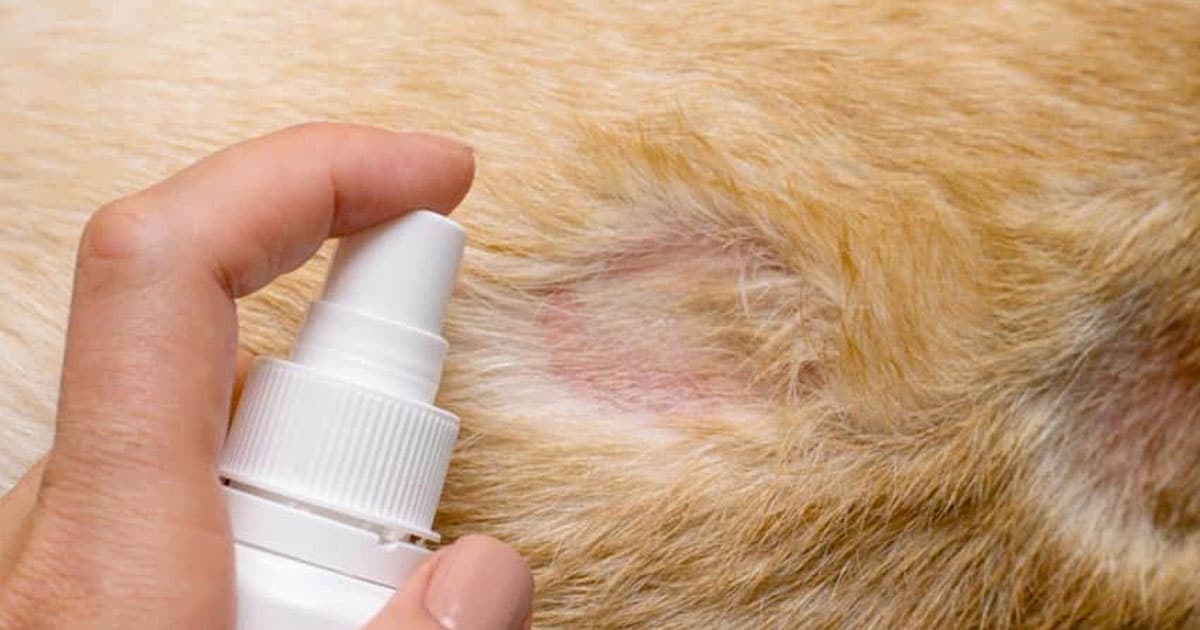 Cleaning dog wounds
Cleaning dog wounds
Wash the wound with warm salt water: Dissolve 2 teaspoons of sea salt in 1 cup of warm water. Fill a straw or syringe with saline (no needles), then spray it gently on the wound to rinse it out. Wash the wound until the skin tissue is clean.
- If you don’t have a straw or syringe, you can pour saline directly onto the wound.
- If your dog has a leg injury, you can soak the dog’s paw in a small bowl, plate, or bucket of salt water for 3-5 minutes. Use a clean towel to dry your feet.
Disinfect the wound: Dilute Betadine (Povidine Iodine) or Nolvasan (Chlorhexidine) in warm water. Use this solution to wash or re-soak the wound. This solution can be used to clean the wound in the first place instead of saline.
Dry the wound: Use sterile gauze or clean and absorbent material to dry the wound. Do not rub the wound. Instead, it should be applied gently to avoid causing pain or injury to the dog.
 Cleaning dog wounds
Cleaning dog wounds
Apply antibiotic cream or spray antibiotic that is safe for humans: Spray can scare dogs, even cause dogs to burn. Creams or ointments should not be used to avoid accumulation of dirt in the wound and to prevent the dog from licking the medicine off. These products should only be used where it is possible to prevent the dog from licking the applied wound. You can cover the wound with gauze to protect it or use a specialized Elizabethan collar for dogs.
- Avoid spraying in the dog’s eyes.
- Steroid ointments such as Hydrocortisone or Betamethasone should not be used to avoid disrupting wound healing. Only antibiotic ointments should be used.
- Do not use antifungal creams (Ketoconazole, Clotrimazole) unless directed to do so by your veterinarian.
- If you have any questions, you should call your veterinarian before applying antibiotics to your dog’s wound.
Check the wound daily: If you notice signs of infection, you should take your dog to the vet right away. The sign of infection that you should look out for is a foul-smelling wound with yellow, green, or gray pus.
3. Take your dog to the vet
Get veterinary medical attention immediately if your dog has an eye injury: Any cut or injury to the eye can lead to permanent damage to your dog’s vision. To increase the likelihood of recovery, you should take your dog to the vet right away for treatment and treatment.
Take your dog to stitches if the wound is too deep: If the wound seems serious and won’t heal on its own, you need to take your dog to the vet right away. Wounds that penetrate the skin and affect the muscles, tendons, and inner fat layer need professional treatment. After the evaluation, the veterinarian may stitch the dog’s wound to help it heal.
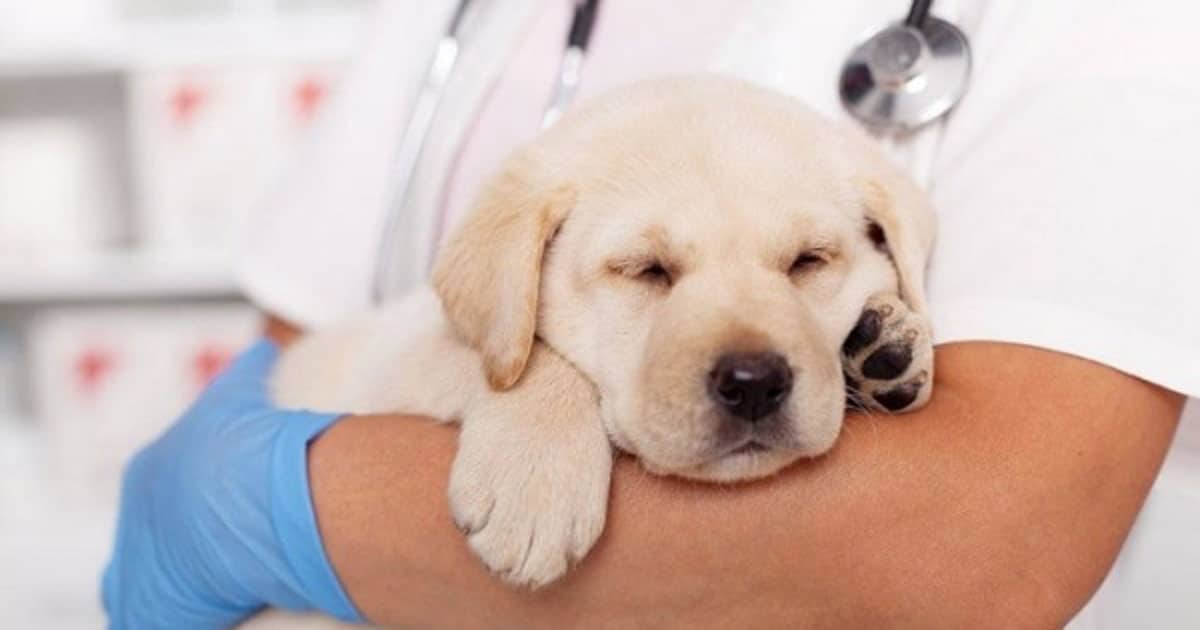 Cleaning dog wounds
Cleaning dog wounds
Take your dog to the vet if bitten: The bites can cause tissue damage and are difficult to heal, so the mouth of the wound needs to be washed by a veterinarian and squeezed the liquid inside after the dog is anesthetized. An animal’s mouth is full of bacteria, so dogs are at high risk of infection even if the bite doesn’t appear to be serious.
Have your veterinarian squeeze the fluid or open the wound if necessary: If the wound is filled with fluid and won’t heal, you should ask your veterinarian to squeeze out all the fluid. Your veterinarian will also perform debridement surgery to remove damaged or infected tissue from the injured area. Veterinarians need to anesthetize the dog when performing both procedures.
Ask your veterinarian about antibiotics: This medication can treat or prevent infections that can slow healing. Your veterinarian can assess the wound, identify signs of infection, and discuss giving your dog antibiotics if necessary.
For more information, please visit: https://petmeshop.com/

